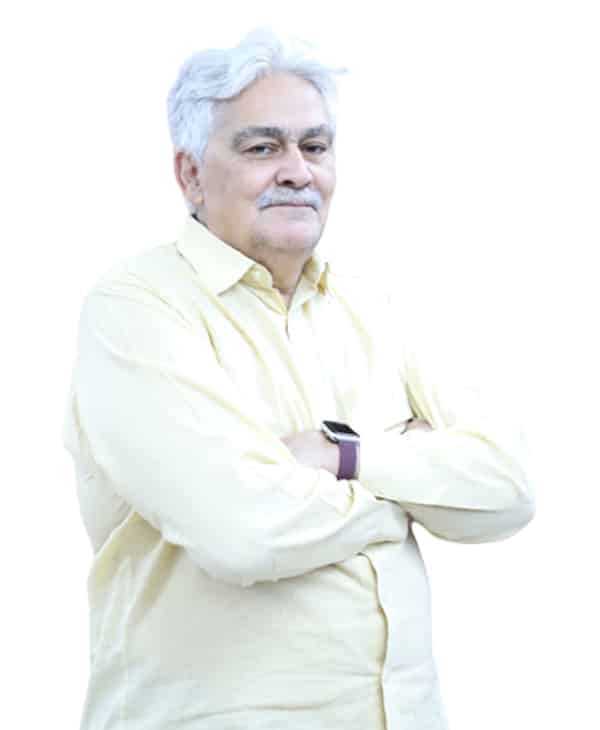THE PAKISTAN DEVELOPMENT REVIEW
Estimating the Middle Class in Pakistan
The middle class is primarily an urban phenomenon generally associated with professional occupations, service sector and salaried jobs. Yet despite a general acceptance of the important economic, political and social role that the middle class plays in society, the term itself remains ambiguous and arbitrary. In much of recent literature the middle class is equated with middle income which does not reflect what „class‟ refers to in classical writings. The present paper takes a multidimensional approach to measure the middle class in Pakistan through a weighted composite index that takes into account all possible factors associated with the concept, including income, occupation, education, housing and lifestyle. Using the Pakistan Social and Living Measurement Survey (PSLM) 2007-08, the magnitude of the middle class in the country, as represented by the „expanded middle class‟, is estimated at around 35 percent of the total population. The proposed measure of the middle class has a sense of stability attached to it, making it less susceptible to sudden inflationary shocks than an income-based measure.



